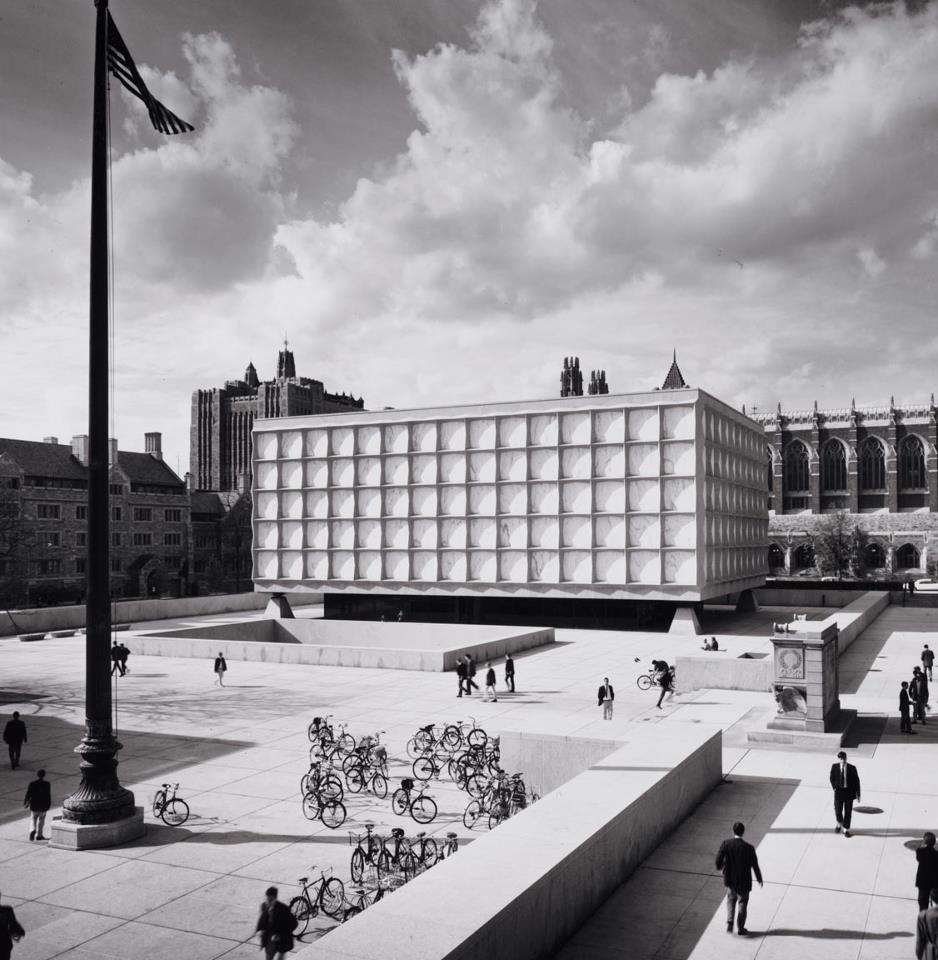Goethe the Scientist

In celebration of the 250th birthday of the poet, dramatist and novelist Johann Wolfgang von Goethe, the Beinecke Library’s fall exhibition is devoted to “Goethe the Scientist.” The exhibition, which documents one of the German writer’s alternate careers, continues through December 22.
While engaged in writing some of the most famous works of Western literature– The Sorrows of Young Werther, Faust, Wilhelm Meister , and poems that rank among the finest in the German language–Goethe also devoted considerable time and energy to scientific research, on anatomy, flowering plants, geology, optics, color, and meteorology. He amassed extensive collections of natural specimens, published three scientific books and a periodical, and left a posthumous archive of unpublished scientific drafts and drawings. Science was an almost daily occupation, and one that was not separate from his literary life. Both poetry and the investigation of the natural world, in Goethe’s view, were intertwining paths to the same universal truths.
Goethe’s ideas about nature, while peculiarly his own, belong in the general way to the science of the Romantic period, a time when the mechanical, Cartesian view of the universe was being challenged by a more dynamic, organic vision. Equally significant, Goethe’s investigations of nature fall chronologically just before rapid advances in instrumentation made scientific study too specialized to be attempted by most poets.
The exhibition shows Goethe’s science in its contemporary setting by placing his own publications among some of the scientific books he read and the publications of scientists he knew. Most of these works are illustrated with drawings, diagrams, or charts, showing many different ways scientists found to present their data before the advent of photography.
Highlights of the exhibition include books on alchemy that Goethe read as a young man, his essay on the intermaxillary bone, and his botanical treatise, together with some of its sources. The geology section of the exhibition, focusing on the attempt to rehabilitate the silver mines at Ilmenau, shows Goethe in yet a third role, that of government minister in the duchy Saxe-Weimar, where he spent most of his life. The part of the exhibition devoted to Goethe’s optics contains several editions of his Theory of Colors as well as several of the works he discusses in that treatise, including the first edition of Isaac Newton’s Opticks of 1704.
Most of the materials in the exhibition are drawn from the collections of the Beinecke Library, including the William A. Speck Collection of Goetheana, the largest Goethe collection outside Germany. Lenders to the exhibition are the Yale Historical Medical collection, Sterling Memorial Library (including the collection at the Seeley G. Mudd Library), the Kline Science Library, the Yale Center for British Art, and the Peabody Museum of Natural History, which provided two handsome specimens of Goethite, the mineral named for Goethe.
An illustrated pamphlet is available from the Library’s Administrative Services Unit.